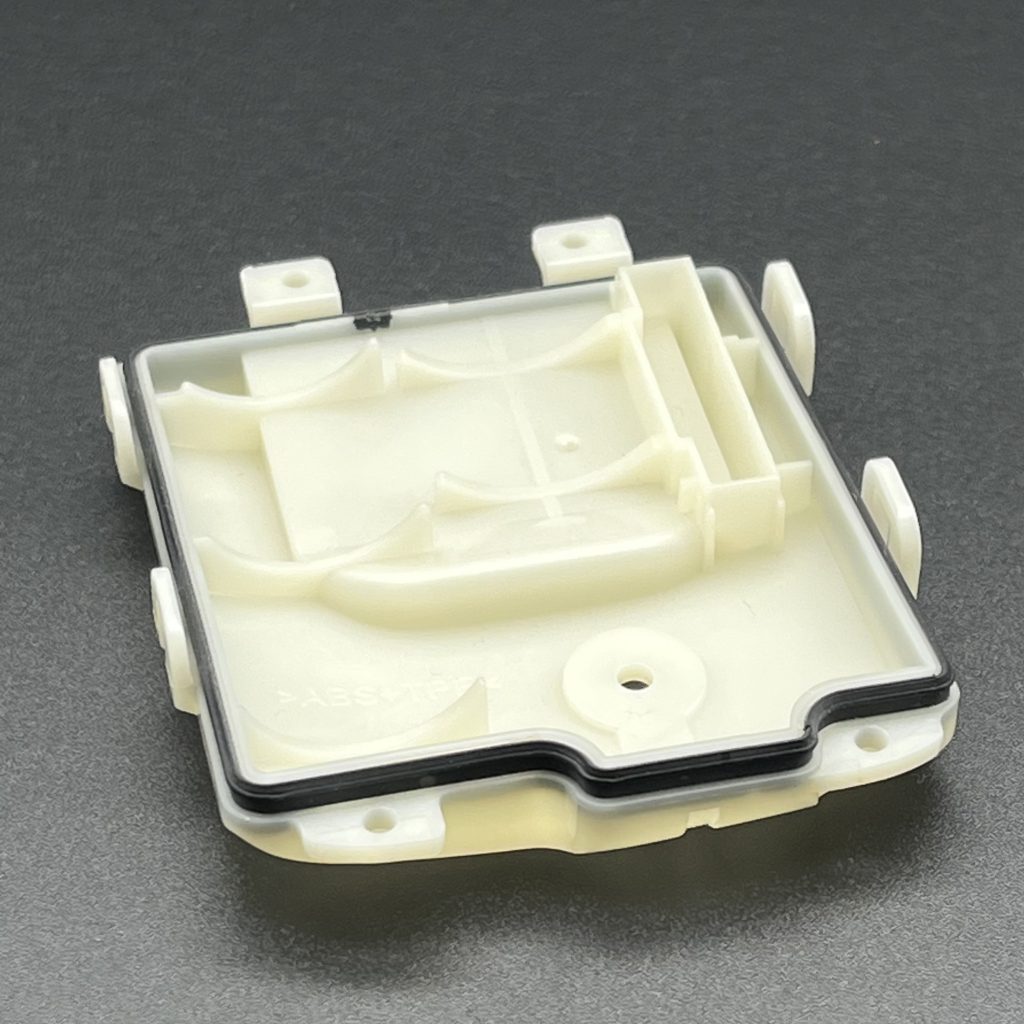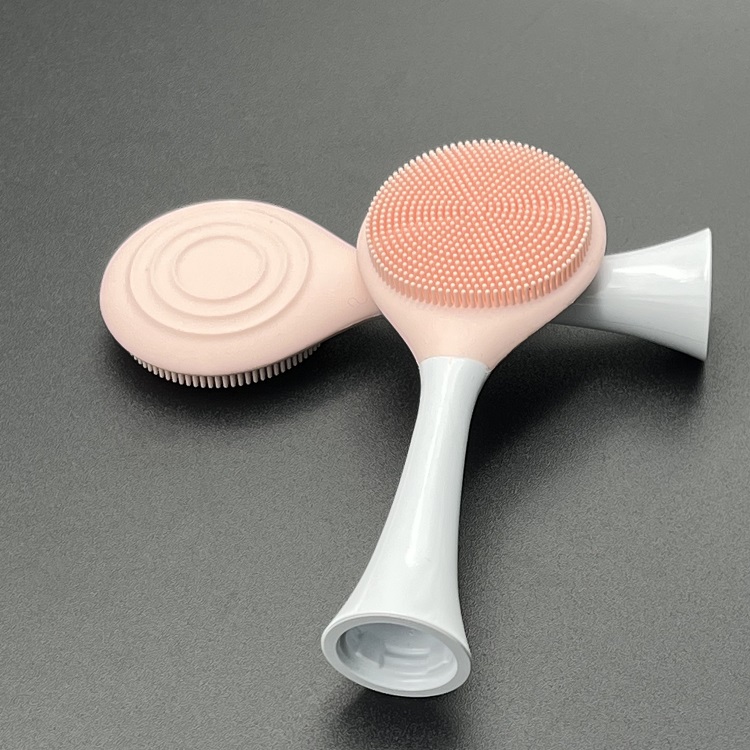VIII. Case Studies of 2K Injection Molding
8.1. Case Study 1: Wearable Medical Device
Overview:
A medical device company aimed to develop a wearable infusion pump for continuous drug delivery to patients with chronic conditions. The device needed to be lightweight, discreet, and comfortable for extended wear, while also providing accurate dosing and reliable performance.
Solution:
The medical device company employed 2K injection molding to produce the housing and components of the wearable infusion pump. They utilized a two-shot molding process to integrate rigid and flexible materials into a single, ergonomic design. The pump housing featured integrated buttons, a display screen, and adhesive patches for secure attachment to the patient’s body.
Outcome:
Through the use of 2K injection molding, the medical device company successfully developed a wearable infusion pump that met the requirements for comfort, functionality, and reliability. The integrated design and soft-touch surfaces provided a comfortable user experience, while the precision molding ensured accurate dosing and consistent performance. The use of two-shot molding also enabled cost-effective production and streamlined assembly, resulting in a competitive product offering in the healthcare market.
8.2. Case Study 2: Consumer Electronics Device
Overview:
A consumer electronics company sought to introduce a new smart home device that combined voice-controlled functionality with ambient lighting features. They aimed to create a sleek, modern design with integrated controls and customizable lighting options to enhance the user experience.
Solution:
The consumer electronics company utilized 2K injection molding to produce the housing and components of the smart home device. They employed a two-shot molding process to integrate rigid and translucent materials into a single, seamless design. The device featured illuminated controls, customizable lighting effects, and a compact form factor suitable for tabletop placement.
Outcome:
By leveraging 2K injection molding, the consumer electronics company successfully introduced a smart home device that met the demands for aesthetics, functionality, and user experience. The integrated design and customizable lighting options provided a modern and intuitive interface for users, while the precision molding ensured consistent performance and durability. The use of two-shot molding also enabled efficient production and reduced assembly time, allowing the company to bring their product to market quickly and cost-effectively.
8.3. Case Study 3: Automotive Interior Component
Overview:
A leading automotive manufacturer sought to enhance the interior aesthetics and functionality of their latest luxury sedan model. They aimed to integrate soft-touch surfaces, illuminated controls, and tactile feedback features into the dashboard and center console components while optimizing production efficiency and cost-effectiveness.
Solution:
The manufacturer opted for 2K injection molding to achieve the desired design and performance objectives. They utilized a two-shot molding process to combine rigid thermoplastics with soft-touch elastomers in a single production step. The dashboard and center console components were designed with integrated buttons, knobs, and display screens, allowing for seamless integration of illuminated controls and tactile feedback features.
Outcome:
By leveraging 2K injection molding, the automotive manufacturer achieved significant improvements in interior aesthetics and functionality. The integrated soft-touch surfaces provided a premium feel and enhanced user experience, while the illuminated controls enhanced visibility and usability in low-light conditions. Additionally, the use of two-shot molding streamlined production and reduced assembly time, resulting in cost savings and improved production efficiency.







